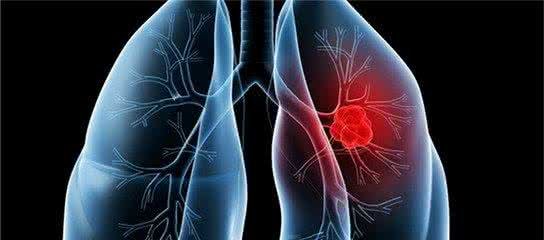The mechanism of norepinephrine?
summary
Norepinephrine, formerly known as "norepinephrine", scientific name 1 - (3,4-dihydroxyphenyl) - 2-aminoethanol, is a substance formed after removing N-methyl from epinephrine, which also belongs to catecholamine in chemical structure. It is not only a neurotransmitter, mainly synthesized and secreted by sympathetic postganglionic neurons and adrenergic nerve endings in the brain, but also a hormone released by the latter. It is synthesized and secreted by adrenal medulla, but the content is small. The mechanism of norepinephrine? Let's talk about it
The mechanism of norepinephrine?
Norepinephrine can bind to two kinds of adrenergic receptors. Compared with epinephrine, norepinephrine mainly binds to receptors (including and), but its excitatory effect on receptors is slightly weak, its excitatory effect on receptors is weak, and it has no effect on receptors.
Intravenous injection of norepinephrine can make systemic blood vessels, especially arterioles and venules, contract and increase arterial blood pressure. The increase of blood pressure can enhance the baroreflex activity, and its effect on the heart is more than the direct effect of norepinephrine on the heart.
Because of the strong vasoconstriction, the peripheral resistance increases and the resistance of blood ejection increases, so the cardiac output does not increase significantly, but sometimes decreases. The exogenous norepinephrine entering the body quickly disappears from the blood and is absorbed by norepinephrine nerve, and then enters the heart and adrenal medulla.
matters needing attention
When used in anaphylactic shock, due to the increase of vascular permeability, the effective blood volume is insufficient, so the blood volume must be replenished at the same time. The signs of overdose were anxiety, skin flush, chest pain, shivering, convulsion, blood pressure change, arrhythmia, nausea, vomiting, pale and cold skin, etc.








